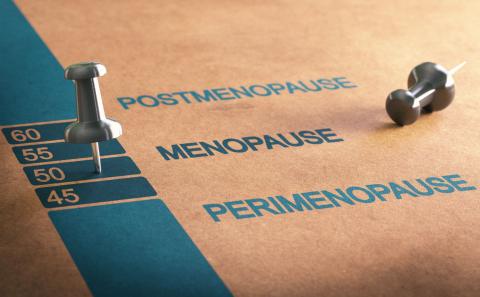Study finds nanoparticles in human breast milk
Research analysing 53 samples of human breast milk found that silica and metal nanoparticles were present in 42 of them. The study, published in PNAS, identified the mechanisms of nanoparticle infiltration from oral or respiratory exposure into blood vessels and subsequent accumulation in breast milk.

Oliver Jones - nanopartículas leche EN
Oliver Jones
Professor of Chemistry, RMIT University, Melbourne (Australia)
There were two parts to this study. The first was an attempt to separate nanoparticles from human breast milk. Here, they found some material that may have been nanoparticles, but I don’t think the results were conclusive. The human samples also all came from China, so don’t tell us anything about the rest of the world.
“The other thing to remember is that detection by itself does not mean much. Today’s analytical equipment is so sensitive that we can detect almost anything anywhere. However, just because something may be present in tiny amounts does not mean it is causing harm.
“The second part of the study aimed to create a specific type of nanoparticle (silicon dioxide or silica) and administer it to mice to investigate its passage into milk. While this sort of experiment has its use, the keywords are “in mice”. Mice are not mini-humans, and lab-made nanoparticles, as well as the amounts they used, may not accurately reflect what is found in the environment. The results, while interesting, are thus not directly comparable.
“We have actually known that nanoparticles can enter the body through the lungs for over 20 years [1]. Many types of nanoparticles, including carbon, gold, silver, zinc oxide, titanium dioxide, and manganese oxide, have been shown to do this [2], so in that sense, the findings aren't new.
“Another thing to keep in mind is that the authors did not assess any potential effects of the particles; they just looked at how they might get into milk. Breathing particles in is different from ingesting them. The tissue in the lung is thin to facilitate gas exchange. This makes it relatively easy for small particles to enter the body this way. In contrast, the tissue in the intestinal tract is relatively thick and well-controlled. It is quite possible that ingested nanoparticles pass through and so don’t cause any effect.
“In short, while particulate pollution is a real problem that should be studied, I don’t think we need to panic over nanoparticles in milk just yet.”
Qing Yang et al.
- Research article
- Peer reviewed
- People
- Animals



